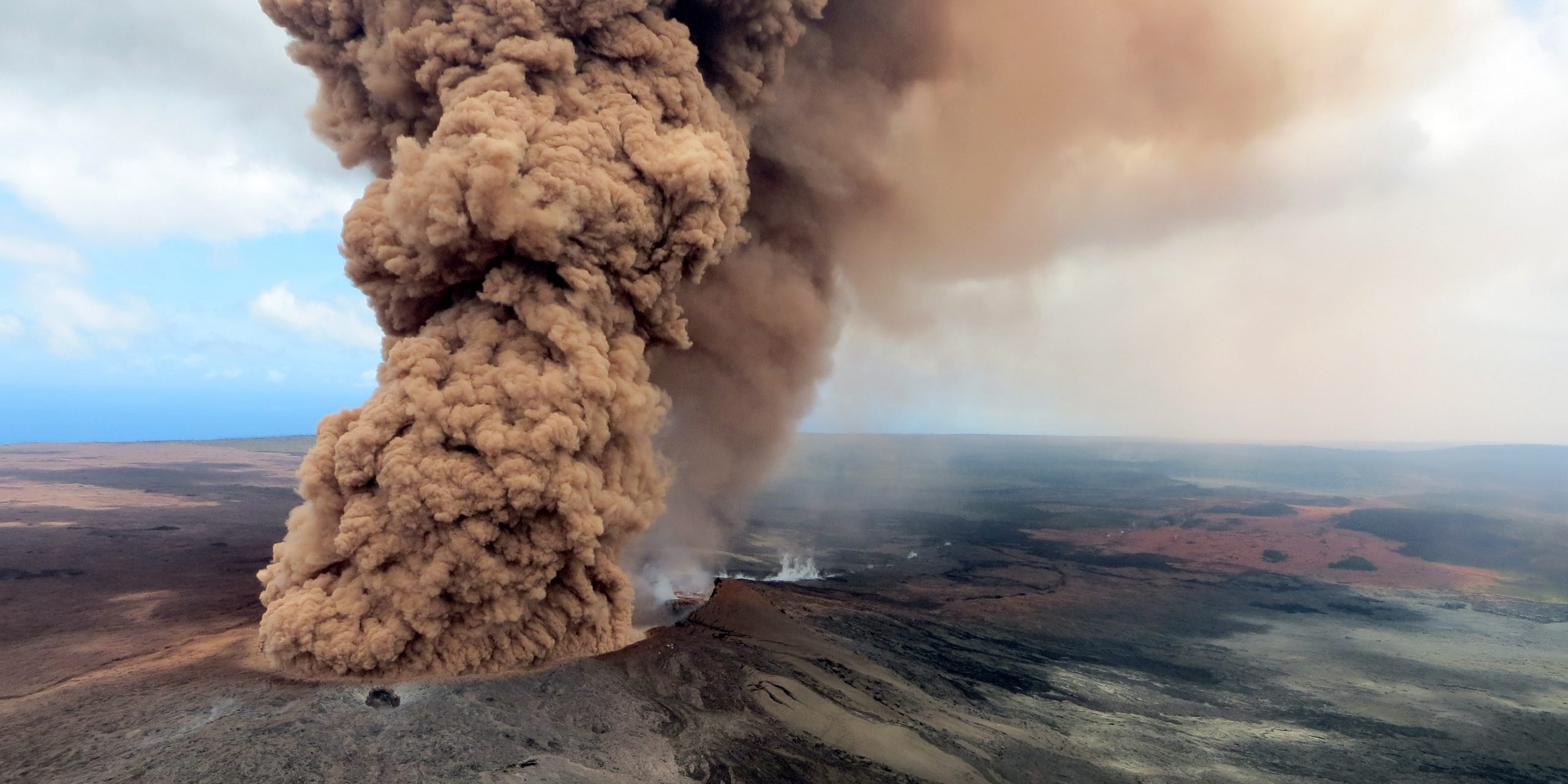- The US federal government ranks the country’s volcanoes based on how much of a threat they pose.
- Each one gets two scores: an overall threat score and an aviation threat score, and it ranked Hawaii’s Kilauea volcano as posing the biggest risk.
- Visit Business Insider’s homepage for more stories.
The US federal government produces a ranking of which volcanoes pose the most threat to the country.
The ranking was updated last year for the first time since 2005, and said that Hawaii’s Kilauea volcano could cause the most damage.
Each one gets two scores: an overall threat score and an aviation threat score.
The overall threat score looks at 24 factors including how often it erupts, how powerful its eruptions are, the nearby population size, and how many people have been killed or evacuated before.
The aviation threat score is similar but focuses on factors like how close a volcano is to airports, and which flight paths go nearby.
Here are the 20 volcanoes that post the biggest risk:
19: Iliamna Volcano, Alaska. Threat Score: 115. Aviation Threat: 34.

Avalanches are common on the volcano.
19: Mount Okmok, Alaska. Threat Score: 117. Aviation Threat: 47.

The USGS calls Mount Okmok "formidable."
18: Long Valley Caldera, California. Threat Score: 129. Aviation Threat: 29.

"Since volcanic unrest can escalate to an eruption quickly - in a few weeks, days, or less -USGS scientists are monitoring the activity closely," the USGS said.
17: Crater Lake, Oregon. Threat Score: 129. Aviation Threat: 37.

Violent eruptions could occur when the volcano in Crater Lake erupts: When water and magma mix, the result can be highly explosive.
16: Mauna Loa, Hawaii. Threat Score: 131. Aviation Threat: 4.

Mauna Loa is the largest active volcano on our planet and is among Earth's most active volcanoes. It covers half of the Island of Hawaii.
It last erupted in 1984, when a lava came within 4.5 miles of Hilo, the island's largest population center.
15: Glacier Peak, Washington. Threat Score: 135. Aviation Threat: 37.

"Since the end of the most recent ice age, this volcano has produced some of the largest and most explosive eruptions in the conterminous United States," the USGS said.
14: Mount Baker, Washington. Threat Score: 139. Aviation Threat: 15.

The USGS says that monitoring at Mount Baker is now 'insufficient" in light of the "threat that renewed activity would pose to nearby communities and regional infrastructure."
13: Newberry Volcano, Oregon. Threat Score: 146. Aviation Threat: 30.

Newberry Volcano covers the size of Rhode Island. It last erupted about 1,300 years ago but is still an active volcano.
12: Augustine Volcano, Alaska. Threat Score: 151. Aviation Threat: 48.

Its 2006 eruption saw blasts in Alaska for over 20 days and ash clouds drifting hundreds of miles downwind.
11: Lassen volcanic center, California. Threat Score: 153. Aviation Threat: 32.

More than 190,000 Californians live in a volcano hazard zone, according to the Los Angeles Times.
10: Mount Spurr, Alaska. Threat Score: 160. Aviation Threat: 48.

The volcano lies 77 miles west of Anchorage, Alaska's largest city and an international air travel hub.
9: Makushin Volcano, Alaska. Threat Score: 161. Aviation Threat: 47.

Makushin last erupted in 1995, when it sent an ash plume 8,000 feet high.
8: Akutan Island, Alaska. Threat Score: 161. Aviation Threat: 47.

Akutan is "one of the most active volcanoes in the US," the USGS said.
7: Three Sisters, Oregon. Threat Score: 165. Aviation Threat: 30.

Three Sisters hasn't erupted in 2,000 years, but it is close to towns and winter resorts.
6: Mount Hood, Oregon. Threat Score: 178. Aviation Threat: 30.

Mount Hood is close to "rapidly growing communities, recreation areas, and major transportation routes and therefore imposes heightened risk," according to the USGS.
5: Mount Shasta, California. Threat Score: 178. Aviation Threat: 39.

Nearby towns, like Mount Shasta and Weed, are close enough to the volcano that they could be at risk in an eruption.
4: Redoubt volcano, Alaska. Threat Score: 201. Aviation Threat: 48.

Ash from an eruption could reach the continental US.
3: Mount Rainer, Washington. Threat Score: 203. Aviation Threat: 37.

About 80,000 people and their homes are estimated to be at risk from an eruption by Mount Rainier.
2: Mount St. Helens, Washington. Threat Score: 235. Aviation Threat: 59.

Mount St Helens' eruption in 1980 killed 57 people.
1: Kilauea volcano, Hawaii. Threat Score: 263. Aviation Threat: 48.

This active volcano is continuously erupting and was given the highest threat score by the US Geological Survey.

